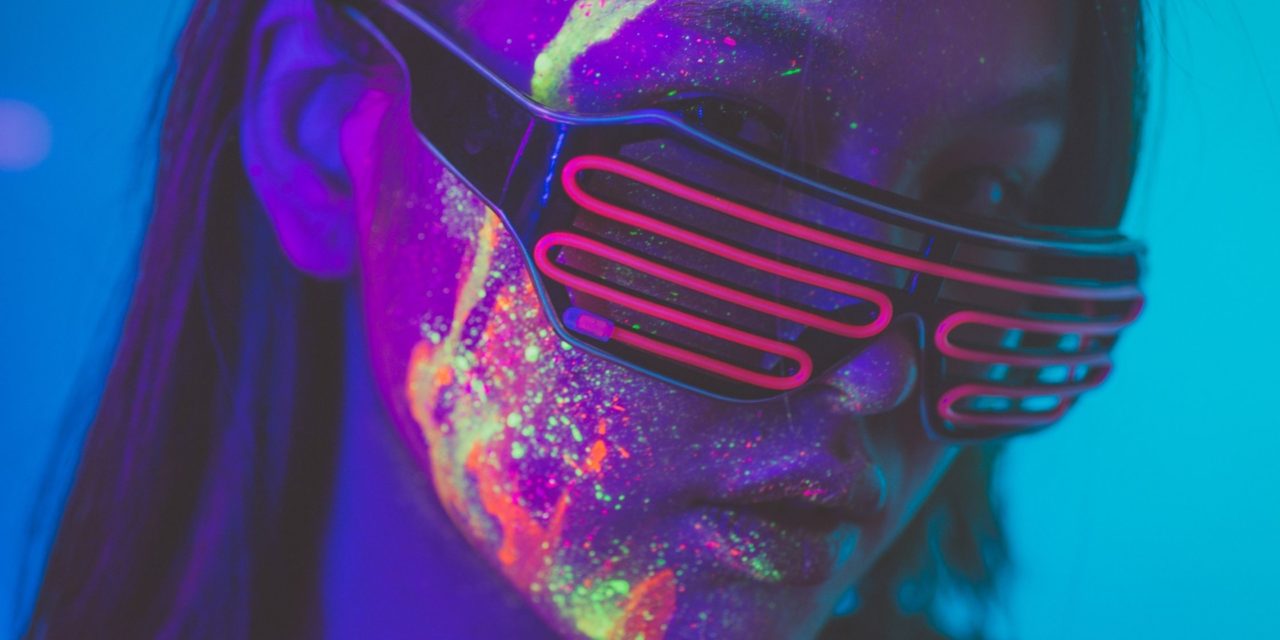COVID may have interrupted the vibes, but as the old saying goes, the show must go on. And go on it has. With newly relaxed restrictions on in-person meetups, music festival announcements followed swiftly and decisively. Bonnaroo, Electric Zoo, Electric Daisy Carnival, and other big-name EDM music festivals are picking up right where they left off: dates set, lineups announced, and tickets already on sale. While many flock to these events for the community, the sense of freedom, and of course, the music, the thought of festivals once again resuming raises concerns about the darker side of EDM and festival culture: the widespread use of club drugs.
The EDM Drug Scene
Electronic dance music (EDM) is a popular music genre whose three letters have become ubiquitous with recreational drug use since the early 1990s. Nightclubs, raves, and music festivals are notorious for being places where open drug use isn’t just accepted but normalized and, in many cases, expected.
Though some disagree with EDM’s reputation, the numbers are hard to deny. Rates of illicit drug use by festival attendees are much higher than the general population. One study found that rave attendees were twice as likely to use illicit drugs compared to their counterparts. An Australian study found similar results, with festival attendees having illicit drug use rates that were three times higher than the general population. EDM came in first for having the most intoxicated audiences compared to participants of other types of live music event genres.
What types of drugs are they using? Excluding the use of alcohol and marijuana, the kinds of drugs favored by the EDM crowd are predominantly ecstasy/molly (MDMA), with hallucinogens and cocaine being used far less (although still used at rates that are more than double attendees of other live music event genres). These, along with several other substances, have come to be known as “club drugs”.
What Are Club Drugs?
Also sometimes called rave drugs, party drugs, or designer drugs (since they are synthetically manufactured rather than a byproduct of a natural source). This informal drug classification refers to a broad list of psychoactive drugs that contain stimulants, depressants, and everything in between. Some of the most popular club drugs include:
- MDMA (a.k.a. Ecstacy or Molly)
- Ketamine
- Cocaine
- Roofies (Rohypnol)
- Methamphetamine
- LSD (a.k.a. acid)
- Mushrooms
- Quaaludes
Precisely which drugs are considered to be “club drugs” can vary by location, however, adapting to reflect regional drug preferences. In terms of appearance, they are often created to look like candy resembling small, brightly colored pills, often with cartoon characters or other childish insignias.
While these pills and tablets make look innocent, a disturbing trend is how frequently these pills are laced with other – often more dangerous – drugs. In one study conducted by New York University, 7 out of 10 Molly users tested positive for other drugs they weren’t aware they had ingested which included methamphetamine, Flakka (“bath salts”), and PMMA. Fentanyl is a powerful synthetic opioid and another substance frequently used to lace popular club drugs (and has resulted in a sharp uptick of overdose deaths).
Music Festival Harm Reduction
It’s clear that club drug use can be deadly. And with EDM crowds leading the trends in this type of drug use, are particularly at risk of experiencing adverse effects. In Los Angeles alone there were 25 drug-related deaths at EDM events, within the short span of three years.
Despite most music festivals and other EDM venues declaring a ‘zero-tolerance policy’ towards drug use, this has done little to curb the use of these mind-altering substances. Hospitalizations, overdoses, and deaths occur with frightening frequency with thousands of festival-goers requiring medical attention each year. Instead, healthcare officials and parents of lost loved ones advocate that the most effective way to protect these individuals is through simple harm reduction strategies. Instead of trying to remove drugs from the EDM scene altogether, providing means for people to use these substances safely can help minimize the dangers.
Drug Checking
One of the most widely recommended strategies is on-site drug checking or pill testing. Using visual inspection alone, it is impossible to tell what else a drug has been laced with or if it’s actually the substance that the seller claimed it was. One group of study participants said that the results of such checks would influence their drug use behavior and that they would refrain from using one if it contained a particular substance.
While this is a commonplace practice in Europe, legislative barriers have made it difficult to offer these services on a wide scale within the United States. Fortunately, numerous companies in the private sector fill that gap. Companies such as DanceSafe have drug testing kits that are available to consumers. These kits provide rapid-response test strips for many of today’s most common club drugs.
Ban on Sniffer Dogs & Strip Searches
Sniffer dogs aren’t just a grossly inaccurate means of trying to identify drugs, but they can directly result in otherwise avoidable overdoses. As was the case of Alex Ross-King, sniffer dogs can incite panic at festival-goers, causing them to consume all the drugs in their possession to avoid detection. Similarly, strip searches can also incite panic that causes attendees to take much higher doses of a drug than they would have otherwise.
EDM, Festivals & Club Drugs
It’s highly unlikely that club drugs will ever be fully removed from the EDM or festival scene. With live events resuming post-COVID, clubbers, party-goers, and festival attendees can’t simply rely on local authorities to protect them in the face of drug use gone bad. Personal testing kits are one of the easiest ways to minimize risks and protect against accidental overdose and other adverse drug reactions.
Curious about other aspects of drug use, harm reduction, or relapse prevention? Check out the latest article from the current issue of Addiction Treatment Magazine.
Sources:
https://www.drugabuse.gov/sites/default/files/drugfacts_clubdrugs_12_2014.pdf

